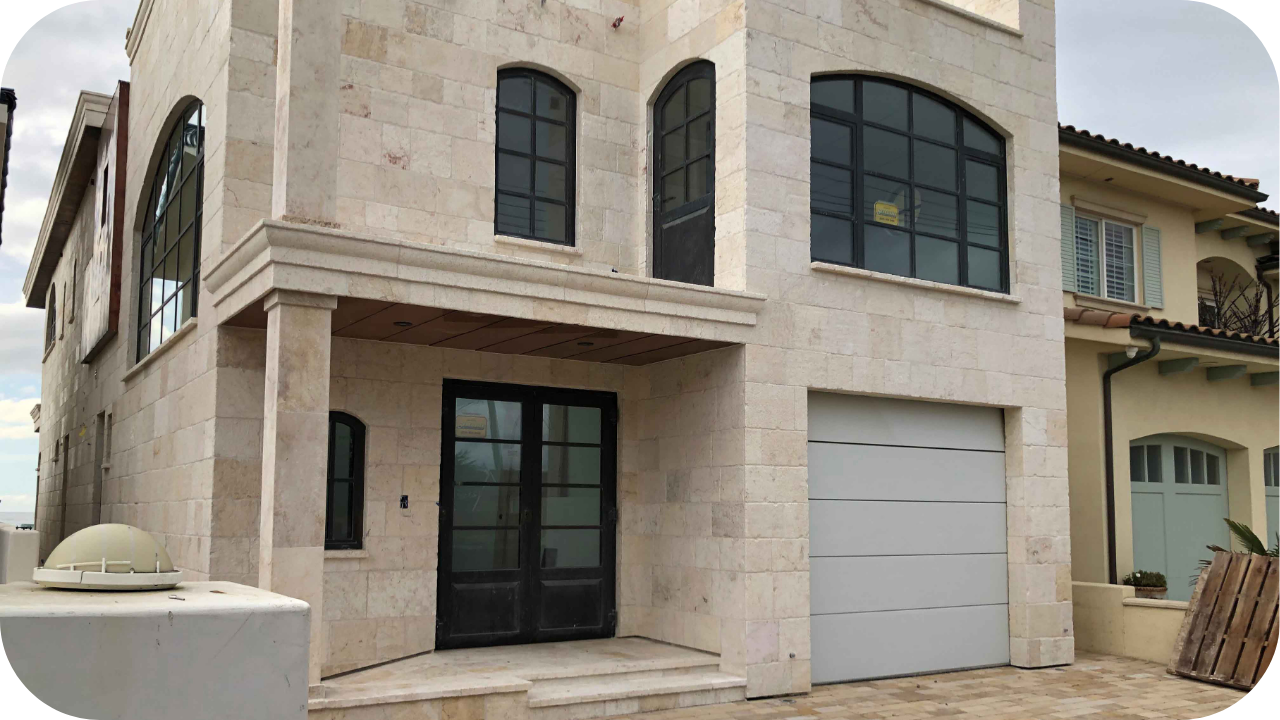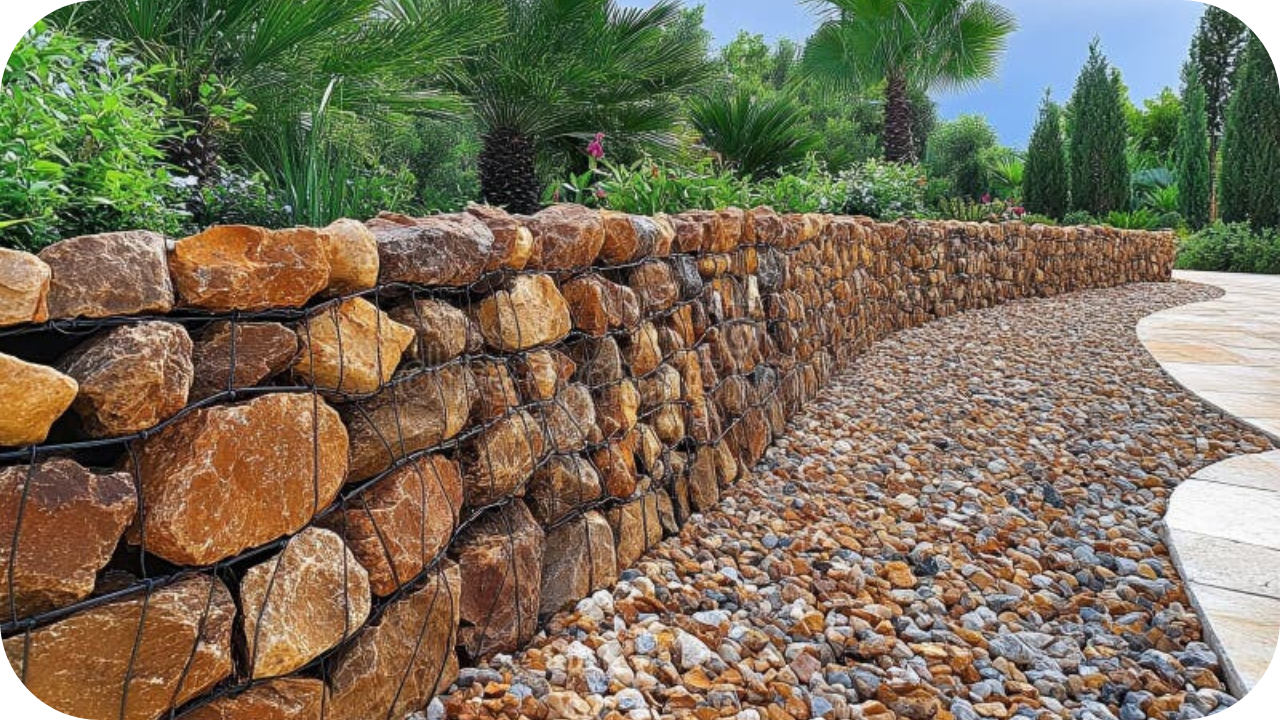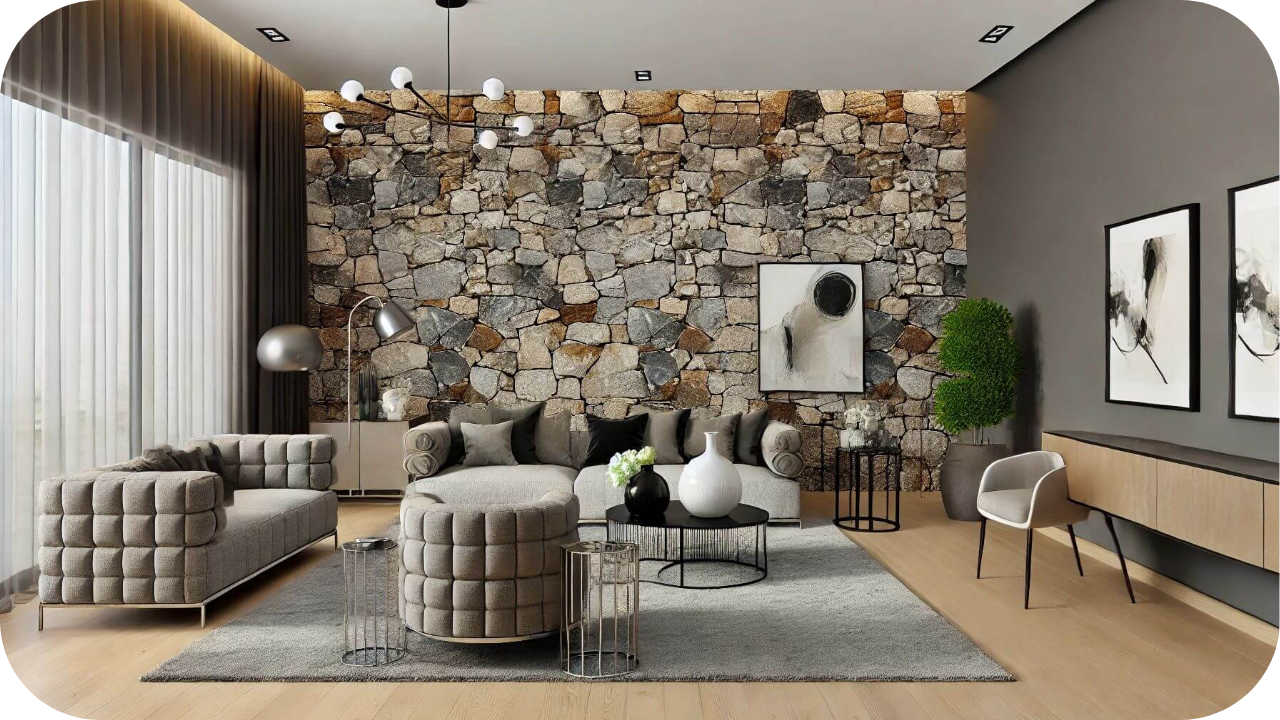
Sustainable home design is more than a passing trend in Australia. It is shaping the future of how we build, live, and think about our spaces.
But when it comes to choosing building materials, not everything marketed as eco-friendly truly stands the test of time. That is where natural stone steps in. With its raw beauty, durability, and surprisingly low environmental impact, it offers more than just aesthetic appeal.
So, how exactly does this ancient material support modern sustainable living? Let’s take a closer look.
Why Sustainability Matters in Home Design
Design choices today have lasting consequences for tomorrow. As energy prices climb and climate concerns intensify, homeowners and builders alike are rethinking how their homes function, breathe, and age.
Every material used in construction leaves a footprint. That is why sustainable design focuses on long-term performance, not just aesthetics. By choosing durable, recyclable, and low-emission materials, including natural stone varieties, we reduce waste, cut energy use, and create healthier spaces.
This shift is not just good for the planet. It is also reshaping property value, lifestyle quality, and design expectations across Victoria and beyond.
What Makes Natural Stone a Sustainable Building Material?
The key benefits of natural stone go beyond its beauty — they highlight why it remains a smart, long-term choice for eco-conscious home design in both form and function.
1. Low Embodied Energy
Natural stone undergoes minimal processing from quarry to site, meaning significantly less energy is used compared to manufactured materials. This reduces carbon emissions and supports a lower-impact building process overall.
2. Abundant and Locally Sourced
Stone sourced from local quarries in Australia reduces the environmental toll of long-distance transport. It also ensures climate-suitable materials and supports regional suppliers committed to responsible extraction practices.
3. Recyclable and Reusable
Unlike synthetic materials, natural stone can be reused or reclaimed without losing its quality. This makes it ideal for sustainable homes aiming for longevity, low waste, and circular design outcomes.
4. Longevity and Durability
Stone lasts for decades, resisting wear, weather, and time. Its natural strength means fewer replacements or repairs are needed, reducing waste, conserving resources, and lowering long-term environmental impact.
5. Non-Toxic and Chemically Stable
Natural stone contains no harmful chemicals or off-gassing agents. It helps maintain a healthy home environment by improving indoor air quality and posing no risk to people, pets, or the planet.
6. Excellent Thermal Mass
Stone absorbs heat during the day and releases it slowly at night. This thermal mass effect contributes to stable indoor temperatures and enhances passive solar heating and cooling performance.
7. Energy Efficiency
When used in the right location, stone supports energy-efficient home design by reducing reliance on artificial heating and cooling. This lowers electricity bills and contributes to a more sustainable lifestyle.
Applications of Natural Stone in Sustainable Homes
Natural stone is as versatile as it is eco-conscious. Whether used outside or indoors, it blends performance with visual appeal, adding lasting value to sustainable homes in every setting.
Exterior Use
Enhance your home’s external spaces with materials that blend durability, thermal performance, and style. Natural stone delivers functionality with visual appeal — and it looks even better with time.
1. Cladding
Stone cladding offers thermal insulation, shielding interiors from heat and cold. It also enhances façade aesthetics, creating a timeless exterior that performs well in both modern and heritage-inspired builds.
2. Paving
Stone pavers are weather-resistant, non-slip, and long-lasting. They minimise maintenance and replacement costs while adding earthy texture and visual continuity to driveways, courtyards, garden paths, and pool surrounds.
3. Retaining Walls and Landscaping
Stone retaining walls offer structural support while blending beautifully with the surrounding environment. Their organic form and local sourcing reduce environmental impact in landscape design and erosion control.
Interior Use
Bring natural stone indoors for more than just aesthetics. From improved thermal mass to cleaner air quality, it creates spaces that feel good, look good, and perform over time.
1. Feature Walls and Fireplaces
Stone adds passive heating benefits and a focal point to living areas. Its ability to absorb and slowly release heat supports energy efficiency while adding tactile warmth and timeless beauty.
2. Flooring
Stone floors are naturally hypoallergenic, highly durable, and cool underfoot. Their low-maintenance nature and long lifespan make them ideal for sustainable homes, particularly in hot or humid climates.
3. Benchtops and Vanities
Natural stone surfaces resist stains, scratches, and heat. Their long life cycle and low maintenance requirements reduce waste and material use — ideal for eco-conscious kitchens and bathrooms.
Stone Finishes and Their Impact on Sustainability
The finish of natural stone plays a subtle but important role in sustainable design. Some treatments consume more energy, while others contribute to low maintenance and long-term environmental performance.
1. Natural Split Finish
This finish is achieved by cleaving the stone along its natural grain, requiring virtually no mechanical processing. It uses less energy, retains organic texture, and offers excellent slip resistance in outdoor and wet areas.
2. Honed Finish
A smooth, matte surface achieved with minimal polishing, the honed finish requires less water and energy than glossy treatments. It is easy to maintain and less likely to show wear over time.
3. Bush-Hammered Finish
This textured surface is created by mechanically impacting the stone, offering high slip resistance and durability. Although slightly more energy-intensive, it extends lifespan and reduces the need for frequent resurfacing or replacement.
4. Polished Finish
High-gloss polishing demands more energy, water, and chemicals, increasing the stone’s embodied carbon. It also shows wear more easily, which may require ongoing maintenance or resurfacing in high-traffic areas.
5. Resin-Coated Finish
Often used to enhance colour or gloss, resin-coated finishes involve synthetic compounds that reduce recyclability. They introduce chemicals and can compromise the stone’s natural breathability and environmental integrity.
Comparing Natural Stone with Other Building Materials
Not all building materials are created equal. Here’s how natural stone measures up against common alternatives in sustainability, longevity, and performance — especially when building with the future in mind.
1. Natural Stone vs Concrete
Concrete is widely used but comes with a high environmental cost. Its production generates significant carbon emissions and requires energy-intensive processing. It is also prone to cracking and may need replacement over time.
Natural stone, however, has lower embodied energy, superior longevity, and rarely needs replacement — offering a more sustainable and durable solution for external and structural use.
2. Natural Stone vs Engineered Stone
Engineered stone is manufactured using crushed stone bound with resins, which increases energy use and introduces synthetic compounds. These resins can emit VOCs, impacting indoor air quality.
Natural stone, by contrast, is entirely natural, non-toxic, and does not require chemical binders. It is also easier to recycle, making it a better long-term choice for eco-conscious designs.
3. Natural Stone vs Timber
Timber is a renewable material but often requires chemical treatment for durability. It is susceptible to pests, warping, and fire, especially in bushfire-prone areas. Maintenance is ongoing and can be costly over time.
Natural stone is non-combustible, pest-resistant, and low maintenance. It performs exceptionally in extreme weather and contributes to thermal regulation, offering both safety and energy benefits.
Tips for Designing a Sustainable Home with Natural Stone
Design choices shape long-term sustainability. These simple, effective tips help maximise the performance and environmental value of natural stone in your home.
- Prioritise stone in high-wear areas: Use in flooring, facades, and driveways where durability is essential. This extends product lifespan and reduces the need for future materials or replacements.
- Integrate with passive solar design: Position stone to absorb winter sun and avoid summer heat. Its natural thermal mass can regulate indoor temperatures and lower energy usage year-round.
- Choose sustainable finishes and formats: Select honed or natural split finishes that use less energy. Opt for modular sizes to reduce offcuts and make efficient use of the material.
- Pair stone with recycled or reclaimed elements: Combine new stone with recycled timber, steel, or reclaimed bricks to reduce waste and introduce layered, sustainable textures throughout your design.
- Use local stone where possible: Choosing stone quarried close to your project site lowers transport emissions and supports regional suppliers with environmentally responsible practices.
- Design for long-term flexibility: Select neutral tones and timeless formats that can adapt to evolving styles, making the stone relevant for decades without the need for replacement or redesign.
Conclusion
Natural stone offers more than timeless beauty. It brings strength, energy efficiency, and genuine sustainability to the heart of modern Australian home design.
With low environmental impact and long-lasting performance, it is the material of choice for those building with the future in mind.
If you are planning a sustainable project, Splendour in Stone is here to help. Contact our team or visit our showroom to find the perfect stone solution for your home.
More To Explore

8 Advantages of Using Stone Grid Gabions in Your Landscape
Are you seeking a durable, cost-effective solution to elevate your landscape? Stone grid gabions might be the perfect choice! These versatile, eco-friendly structures offer a

10 Stunning Feature Wall Ideas Using Natural Stone
Looking to elevate your home with a stunning feature wall? Natural stone offers a timeless, elegant touch that can transform any room. From sleek marble


